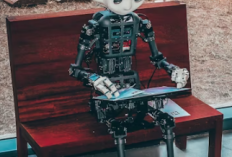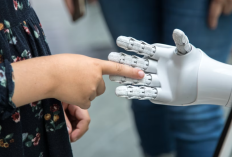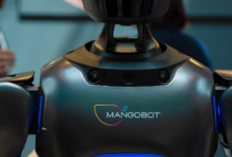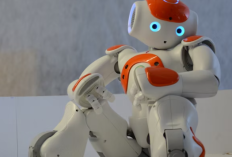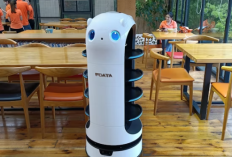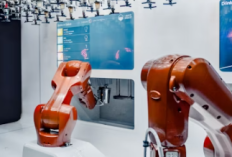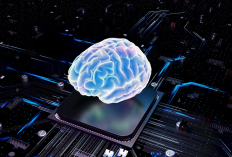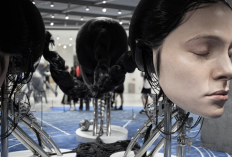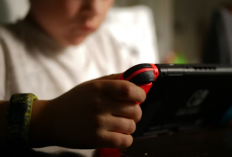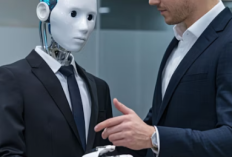Artificial Intelligence and Human Emotions: Can They Connect?
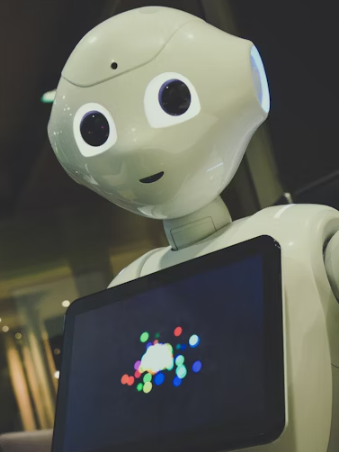
My best friend Pepper-Owen Beard-https://unsplash.com/
<ul>
<li><strong>Facial Analysis:</strong> Reads over 60 micro-muscle movements in real time.</li>
<li><strong>Vocal Emotion Recognition:</strong> Detects tone shifts within milliseconds.</li>
<li><strong>Behavioral Context:</strong> Interprets pauses, eye contact, and typing speed.</li>
</ul>
<p>What emerges is not true empathy — but functional empathy. Machines that can <em>respond</em> emotionally even if they cannot <em>feel</em> emotionally.</p>
<h2>Emotional Design in Everyday Life</h2>
<p>Today, emotional AI hides in plain sight. Your car adjusts music when you’re stressed. Your phone suggests breathing exercises when you’re anxious. Even your virtual assistant learns when to speak and when to stay silent. The goal isn’t to replace human emotion — it’s to reflect it back.</p>
<p>“We’re not trying to make AI feel,” says Dr. Elise Morano, a cognitive scientist at Empathica Labs. “We’re trying to make AI <em>understand</em> what it means when we do.”</p>


